How has digital transformation influenced your project planning and execution processes?
Digital tools have fundamentally restructured how we approach planning and execution. We now operate within a connected, data-driven ecosystem. From regulatory feasibility to detailed design, our in-house R&D arm delivers rapid, high-fidelity, customer-friendly solutions. For instance, our Plotted Generative Design tool integrates slope analysis, Vaastu compliance, cut-and-fill metrics, and watershed mapping to deliver refined layout options in hours rather than weeks. The results? A 1.5–2% boost in efficiency and gives customer-friendly outputs within 48 hours. These enhancements have significantly improved our speed-to-market quality and consistency of design and our strategic decision-making.
What role do technologies like BIM, AI, and IoT play in your current development projects?
Technologies like BIM, AI, and IoT are now integral to our development lifecycle. BIM tools combined with automated CTQ (Critical to Quality) checks ensure that every design output aligns with Godrej Properties’ quality standards. We’ve layered this with a system that allows real-time tracking of building performance, factoring in energy consumption, orientation, and premium location (PLC) views well before execution begins. Our generative design model is already transforming how we approach high-rise layouts. By embedding FSI compliance, podium planning, fire safety norms, and environmental data, the tool generates over 50 layouts complete with KPI scores, instantly ready for feasibility checks. On the visual side, our AR/VR apps bring massing, solar simulations, and contextual overlays to life, allowing faster and more informed design decisions across teams and stakeholders.
We also leverage the Autodesk Construction Cloud (ACC) as an overall data management tool, integrating BIM and providing a centralized data repository for all our projects. This platform streamlines collaboration, enhances version control, and ensures that critical design and construction information is accessible, organized, and up-to-date throughout the project lifecycle.
What challenges have you faced in adopting new technologies on your sites, and how have you overcome them?
In India, real estate developers often face challenges in adopting new technologies, such as high initial investment, limited awareness of their benefits, resistance to change, regulatory hurdles, skill gaps, and integration issues with existing systems, especially since many contractors aren’t yet adept at handling BIM models. To navigate these challenges, we’ve focused on embedding technology into the design studio’s core processes, ensuring it’s not an add-on but an integral part of how we work. For example, we use LIDAR technology at our sites to enhance accuracy and efficiency. We also take a phased approach to rollout, starting with proof-of-concept pilots to test functionality and address operational gaps before scaling up, including a digital twin technology that allows real-time tracking of building performance and factoring in energy consumption before execution begins. Additionally, we prioritize early and comprehensive onboarding, involving Business, Design, and Execution teams to build trust, align goals, and facilitate smoother adoption. This approach has helped us manage costs, bridge skill gaps, and drive digital transformation effectively despite the complexities of the real estate ecosystem.
In what ways has digitalisation helped you reduce project delays and cost overruns?
The shift is clear: we’re no longer reacting to problems, we’re predicting and pre-empting them. By simulating scenarios with Generative AI tools and ensuring quality with BIM CTQ plugins, we’ve drastically reduced rework and timeline slippage. In one of our recent projects, the generative design model facilitated massing studies, PLC visibility scoring, and solar analytics. This front-loaded clarity translates directly into fewer change orders, smarter cost planning by bringing in more predictability in costs, and sharper customer offerings. We view digital transformation not as a trend, but as a necessity. In an industry built on timelines and trust, the ability to predict, adapt, and deliver with precision is what defines the future. And we’re building that future, one algorithm at a time.


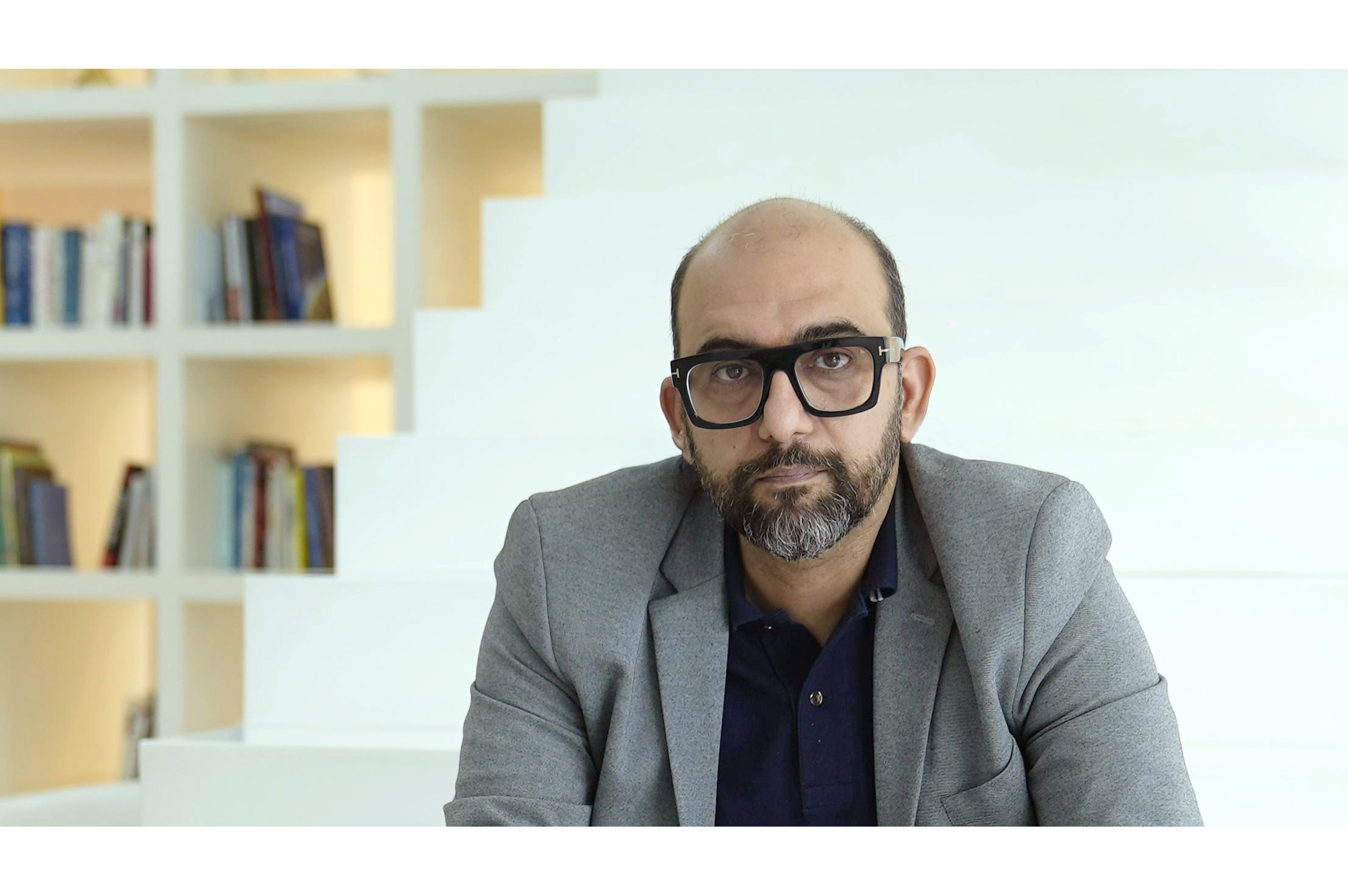





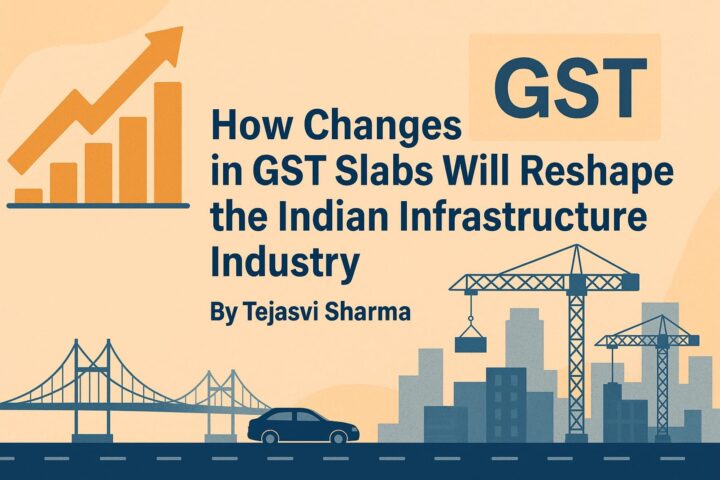
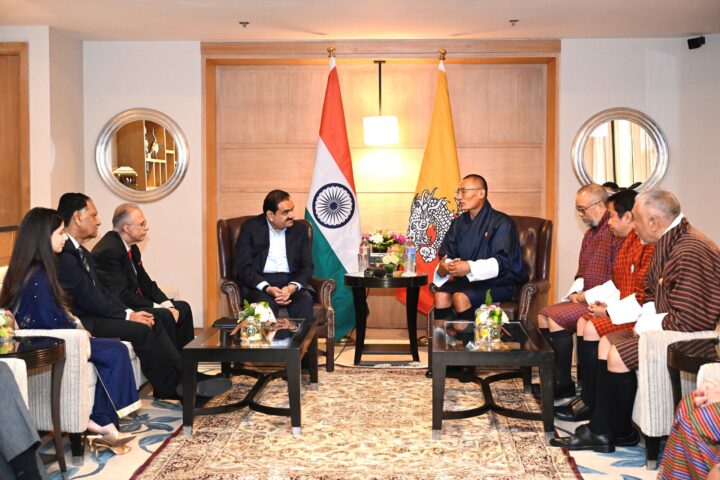
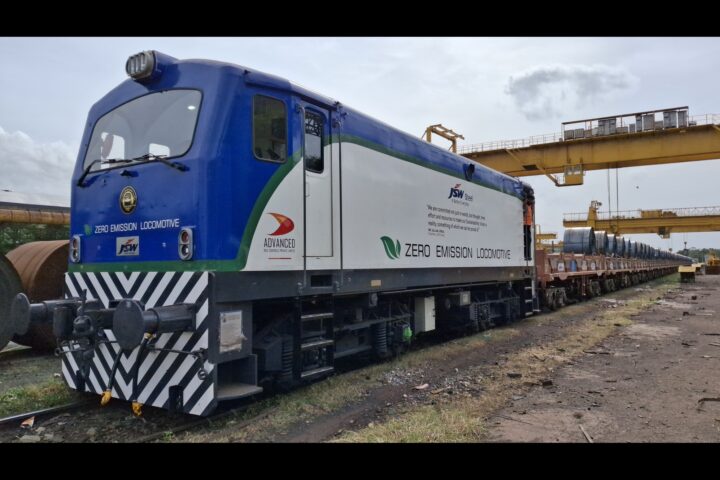
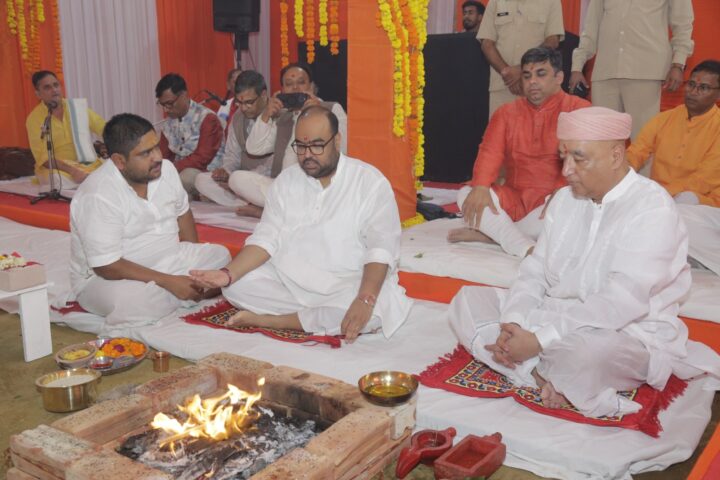








Follow